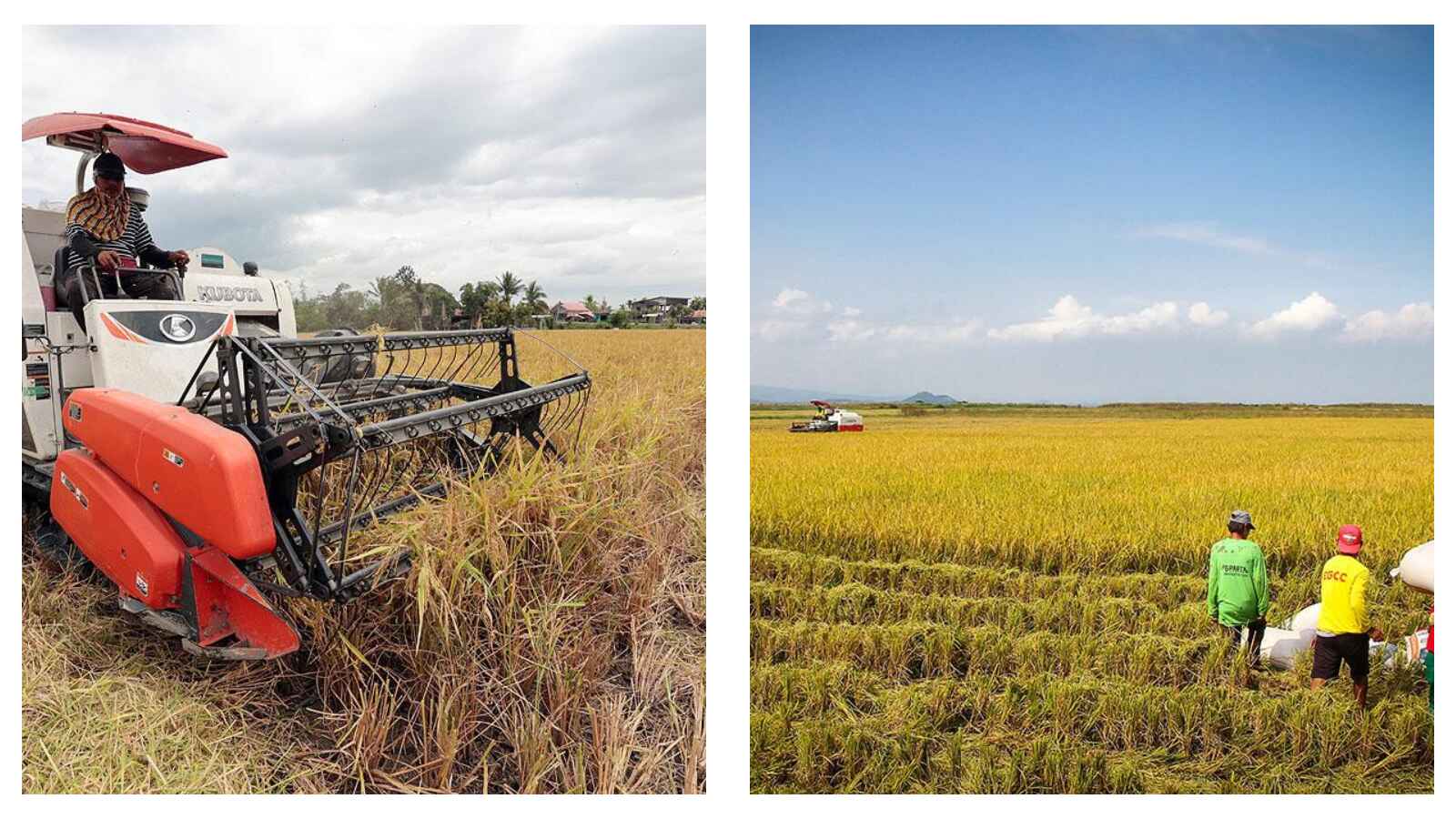By Andre Alfonso R. Gutierrez
In a region where erratic weather patterns increasingly threaten harvests, a push to integrate low-cost, eco-friendly technology into farming practices is gaining traction—offering both resilience and renewed optimism to rural communities.
With support from national agencies, the provincial government of Lanao del Norte recently handed out solar-powered dryers and water pump engines to smallholder farmers and cooperatives in the area.
The initiative, led by the Provincial Agriculture Office, targets improved crop preservation and irrigation – two critical pain points in a sector long vulnerable to climate shocks and infrastructure gaps.
Portable solar dryers
Thirty farmers were equipped with portable solar dryers, a tool designed to reduce crop spoilage caused by inefficient drying processes.
Traditional open-air drying methods are still common in many rural areas of the Philippines, exposing produce to sudden rains and contamination.
In contrast, solar dryers offer a controlled environment that uses renewable energy to protect and preserve grains like rice and corn, as well as vegetables.
“This technology not only helps retain the quality of the produce but also contributes to a more sustainable way of farming,” said Department of Science and Technology (DOST) Provincial Director Engineer Roy Sagrado during an interview with the Philippine Information Agency.
The dryers also serve a broader purpose beyond immediate harvest concerns.
YOU MAY ALSO LIKE: Endangered but safe: Jeju improves sanctuary for Indo-Pacific bottlenose dolphins

Battling extreme weather
In a country frequently battered by typhoons and floods, food preservation tools are increasingly seen as essential to disaster preparedness.
Sagrado pointed out that safeguarding food supplies through innovation could spell the difference between resilience and scarcity during extreme weather events.
In addition to the dryers, 12 farmers’ associations received water pump engines intended to boost local irrigation networks.
Many farmers in the Philippines still rely on rainfall or inefficient manual watering, making them especially vulnerable to dry spells and prolonged droughts—a scenario expected to worsen with the intensifying climate crisis.
By ensuring more consistent water access, these pumps aim to stabilise crop yields and reduce the risk of total harvest failure.
According to local officials, the distribution of such technology is part of a broader campaign to modernise agriculture and lift farmers out of cyclical poverty tied to environmental stressors.
While the programme may seem modest in scope, it reflects a growing recognition within the Philippine government that traditional farming practices must be supported by scalable, climate-adaptive solutions.
As the country strives to meet food security goals amid global climate disruptions, the integration of science-backed technologies into rural life is becoming not just beneficial – but essential.
READ NEXT: Unearthing Vietnam’s maritime history: Ancient boats discovered in Bac Ninh
